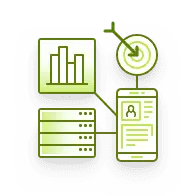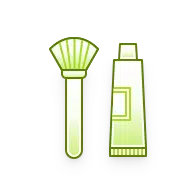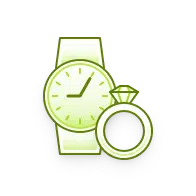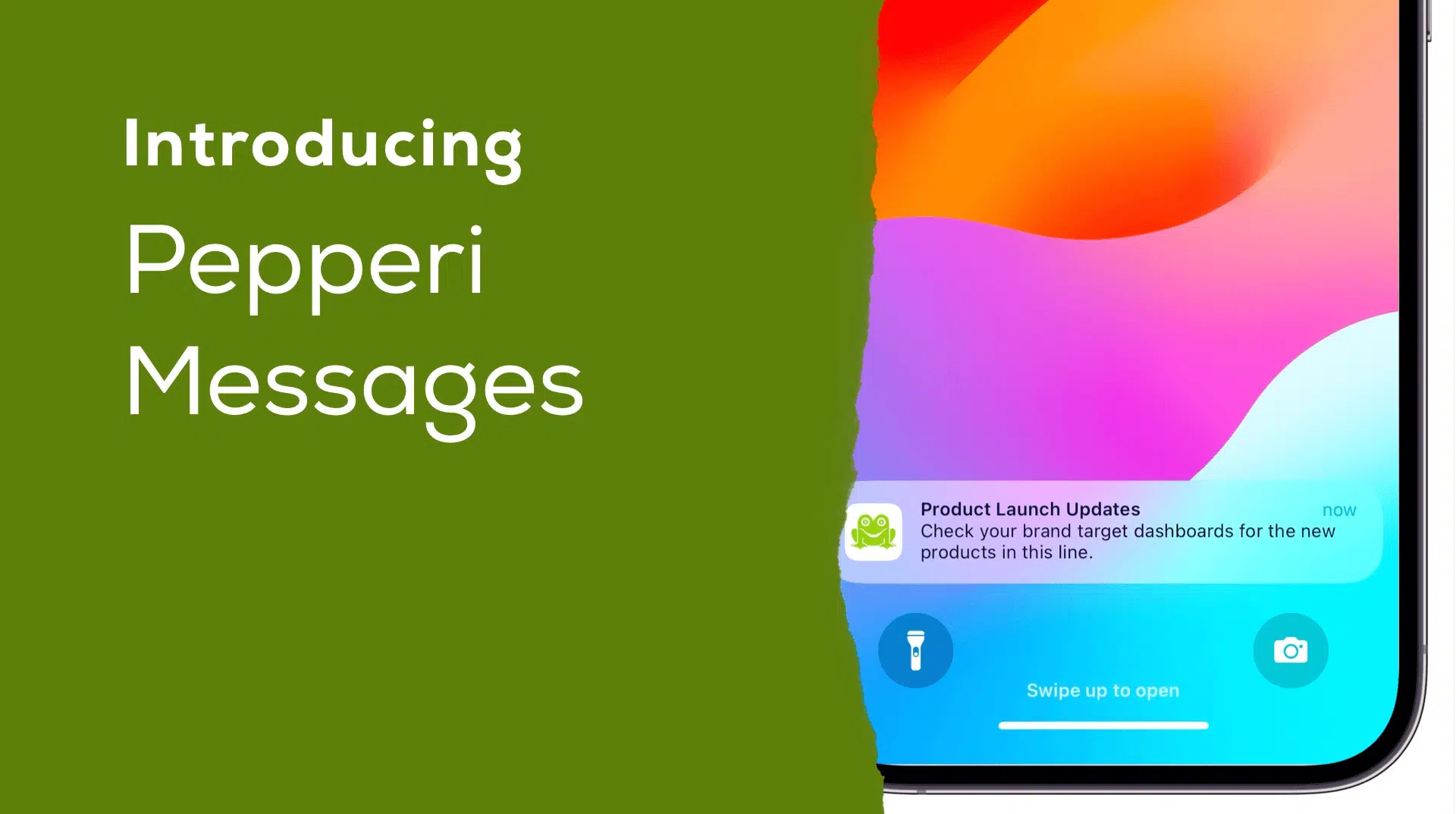How to Prevent Stockouts with Retail Execution Software
May 29, 2019 By Stacey Woods

Stockouts have a major impact on revenue and customer churn for FMCG brands, wholesalers and their retailers. The ‘worst nightmare’ scenario is a consumer planning to buy your product, it’s not there so they buy a competitors’ product instead.
Retailers currently lose $1.75 trillion in revenue worldwide, due to overstocks, out-of-stocks and returns. Failing to address the underlying reasons for stockouts gives valuable shelf space and ready-to-spend customers to your competitors.
The majority of stockouts happen because of defective retail audit practices. Retail execution is the answer. Here are 3 causes of stockouts and how to prevent them.
1. Under ordering
Not having enough stock on hand at the point-of-sale can be caused by several reasons:
- Forecasting issues – this is a key challenge, paramount for success and common to brands, wholesalers and retailers. It requires ongoing analysis of data so all involved parties can address consumer demand.
- Internal miscommunication – your marketing team may want to promote a particular product but if field merchandisers and sales reps aren’t informed, they may fail to order the correct quantities to fulfil the increase in demand.
- Phantom inventory – this occurs when products are listed as available on-hand at a storage location within the inventory management software, but none really exists. This can be caused by theft, broken products, or checkout issues, for example.
- Inadequate safety stock – a common procedure to address product demand is making sure a store always has a minimum volume of products in stock. This minimum level of stock must be evaluated over time and may change throughout the year based on demand forecasts.
Providing your reps with field sales software integrating retail execution and order taking allows them to track both order quantities and related sales outputs for every one of your retailers and make reports easily accessible to decision makers.
Retail audits can provide inventory data for all store locations – stock stored in boxes or bins above and below the shelves, as well as stock in the storage room.
Such field sales software will further help by automatically triggering replenishment orders, making sure safety stock levels are always met.
2. Not placing orders in time
Assuming they know which and how many products are needed in store, consumer goods manufacturers, distributors and retailers must ensure stock arrives in time.
Sales force automation software can facilitate this challenging task. Combined merchandising and ordering apps can enforce strict “cut-off” rules accounting for store locations, inventory status at warehouses, shipping method restrictions and so on.
Advanced solutions can also analyze each order and automatically split it into several smaller orders with different delivery schedules, as per defined businesses terms.
3. Late deliveries
A late delivery can change everything for a brand or wholesaler. It causes mistrust between you and your retailers; you miss out on revenue opportunities and in the long run it can even affect consumers perception of a brand.
It’s possible the late delivery was due to an error or unexpected event at the shipping company, your own direct-store-delivery operations or some logistics issue in your supply chain. Regardless of why it happened, it takes good organization and communications within your business and with your distribution partners to minimize these mistakes.
This is where an integrated merchandising and order taking app can facilitate the flow of information to your customers and reduce late deliveries:
- It will empower your field merchandisers with the tools to access inventory and order information, delivery options, supply lead times, and other essential information.
- It can automatically route orders to the most relevant warehouse based on stock availability, selected shipping options and other customer-specific commercial terms.
- With full knowledge of lead times and expected delivery dates, field reps can communicate with your customers in real-time, managing their expectations.
Using retail execution software that includes an ordering app and in-field access to back office information will help reduce stockouts considerably.
Using reporting and predictive analysis will accurately project demand for each retailer and assure your customers that the right quantity of products will arrive at the right time.























